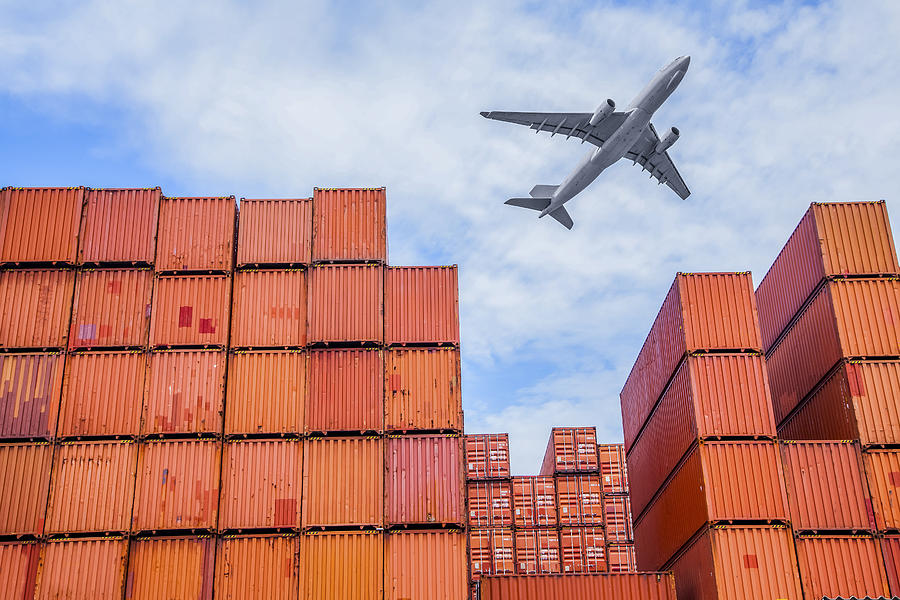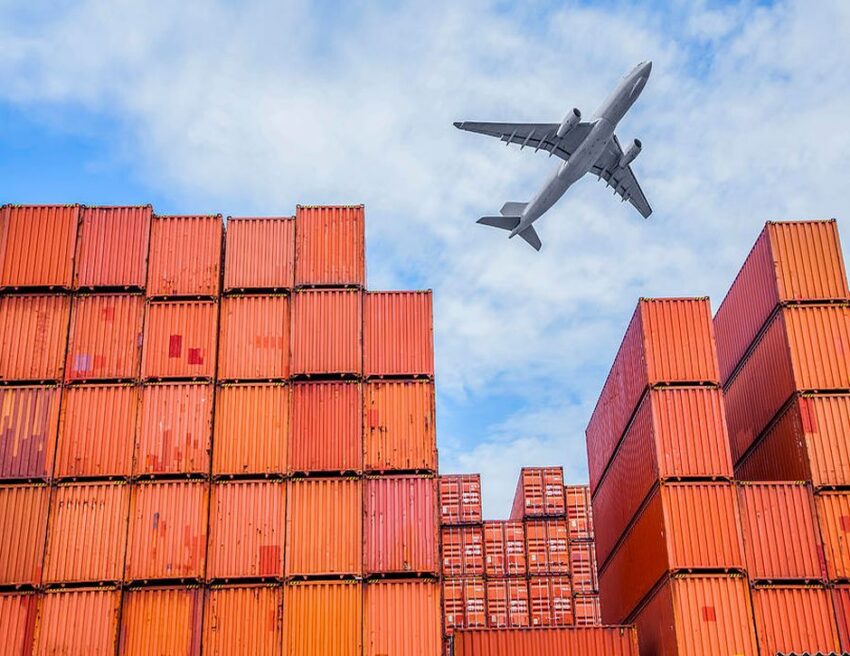Presently, the air freight industry is dealing with multiple hitches such as grounded planes, trimmed routes, and a decline in demand. In fact, some of the multinational air freight companies are signaling a slackened demand as compared to the times of the pandemic. With less than two months to go until the start of the holiday season, the peak season for e-commerce has already commenced. However, in spite of the time of the year, the air freight sector is experiencing a drop in consumer demand as opposed to the burgeoning demand for goods that characterized the previous two years. Simply put, air freight companies are foreseeing a muted fourth quarter of 2022 because of several factors. Some of these factors are the disrupted supply chain, global economic slowing, the risk of a global recession, high fuel costs, and the ongoing war.

IATA forecasted the fall in demand in the air freight industry
As early as April 2022, IATA made it clear that the international air freight market will be going through a drop in demand and a contraction in capacity. According to IATA, the long-term effects of the Omicron in Asia as well as the war in Ukraine are two factors that are driving the fall in demand. The war has resulted in increased fuel prices, created supply chain disruptions, and resulted in inflation. It also needs to be mentioned in this context that the situation was further disrupted earlier this year as several air cargo operators based in Russia and Ukraine that were key cargo players suffered a huge blow because of the war.
The drop in demand for air cargo
The slowdown in the international air freight sector that started in March 2022 is still ongoing. The air freight industry is having to cope with innumerable threats given the present state of affairs. On the one hand, the freight volumes are decreasing and, on the other hand, the freight rates are still not going down to the pre-Pandemic levels. From the perspective of freight rates, the market indicators suggest that it will still take some time for the market to level off. Moreover, it is apparent that the air freight operators are closely monitoring the market to make sure to deploy their assets in the best possible way since the market is quickly moving. For instance, many carriers have moved their freighters away from the routes in the transatlantic.
To quote Mr. Niall van de Wouw, the Chief Air freight Officer at Xeneta, “The slow slides in rates, compared to 2019 and 2021, continue by a handful of percentages each month. In January, rates were +156% compared to the same month in 2019. Now, this figure is 121% or a reduction of 35% pts on a global scale. On the Atlantic, the decline in general airfreight rates we reported for the previous three months of 2022 continued in July. While this will be partly seasonal, the slight increase in load factor across the Atlantic relative to June – from 58% to 61% – might be a result of carriers and forwarders redirecting their freighter operations to other lanes, hence pushing up the load factor for the remaining flights on these routes.”
The decrease in cargo volumes
According to Willie Walsh, the Director General of IATA, the volatility due to the supply chain disruption and the global economic downturn has impacted the international air cargo market which has been moving sideways since April 2022. “July data shows us that air cargo continues to hold its own, but as is the case for almost all industries, we’ll need to carefully watch both economic and political developments over the coming months.”
The cargo traffic of Asia Pacific Airlines went down by 9% a few months back. Similarly, the air cargo operators in North America also experienced a 5.7% decrease in cargo volume. The carriers in Europe registered a 17% decrease in freight volume in July as compared to the same month a year back. According to IATA, “This was the worst performance of all regions for the third month in a row…This is attributable to the war in Ukraine. Labour shortages and lower manufacturing activity in Asia due to Omicron also affected volumes.”
Moreover, the carriers in the Middle East underwent a 10.9% year-on-year decrease in cargo volume. Nevertheless, the carriers in Latin America didn’t face many hindrances and in fact, reported a 9.2% increase in freight volume.
The slowing down of the activities of the multinationals
E-commerce giant Amazon has somewhat halted the expansion of its fleet and is even reducing the number of its daily flights. Apart from the shrinking demand, Amazon’s loss of $3.8 billion earlier this year is also a reason behind its stunted growth. The largest cargo airline on the planet- FedEx Express, also experienced a revenue shortfall of $500 million. For this reason, they are limiting the frequency of their flights and even grounding some freighters to save money.
However, two carriers that have not been impacted by the drop in demand are DHL and UPS. UPS for instance has invested in eight Boeing 767 freighters to increase its fleet to a total of 108 cargo planes. DHL has admitted that air cargo demand has reduced but their volumes have stayed more or less stable since July 2022. Moreover, they have noted that the improvements in the ocean freight sector could be a contributing factor to the drop in air cargo demand.
The road ahead
Notwithstanding the relative drop in demand, there is no death of carriers who are ramping up their operations. Maersk for example is about to launch its air cargo operations in a bid to complement its ocean freight shipping operations. Companies like IPP Air Cargo based in Vietnam and Quikjet based in India are about to start their operations by the end of 2022. Despite the waning demand as compared to pre-Covid levels, we have to admit that the air freight industry has not suffered any huge blow. It remains to be seen how the industry fares when faced with issues like a continuous rise in fuel prices and limited purchasing power of the end customers because of inflation. These are two factors that can put a cap on the profitability of the air cargo sector.


